Deciding the grid - A history of F1 qualifying formats
The advent of a new qualifying format for 2016 is just the latest in a long line of methods that have been used to determine the starting grid in Formula One racing. On the eve of the season-opening Australian Grand Prix, we look back on how the fight for Grand Prix pole has morphed over the decades...
The two-session format, 1950-1996
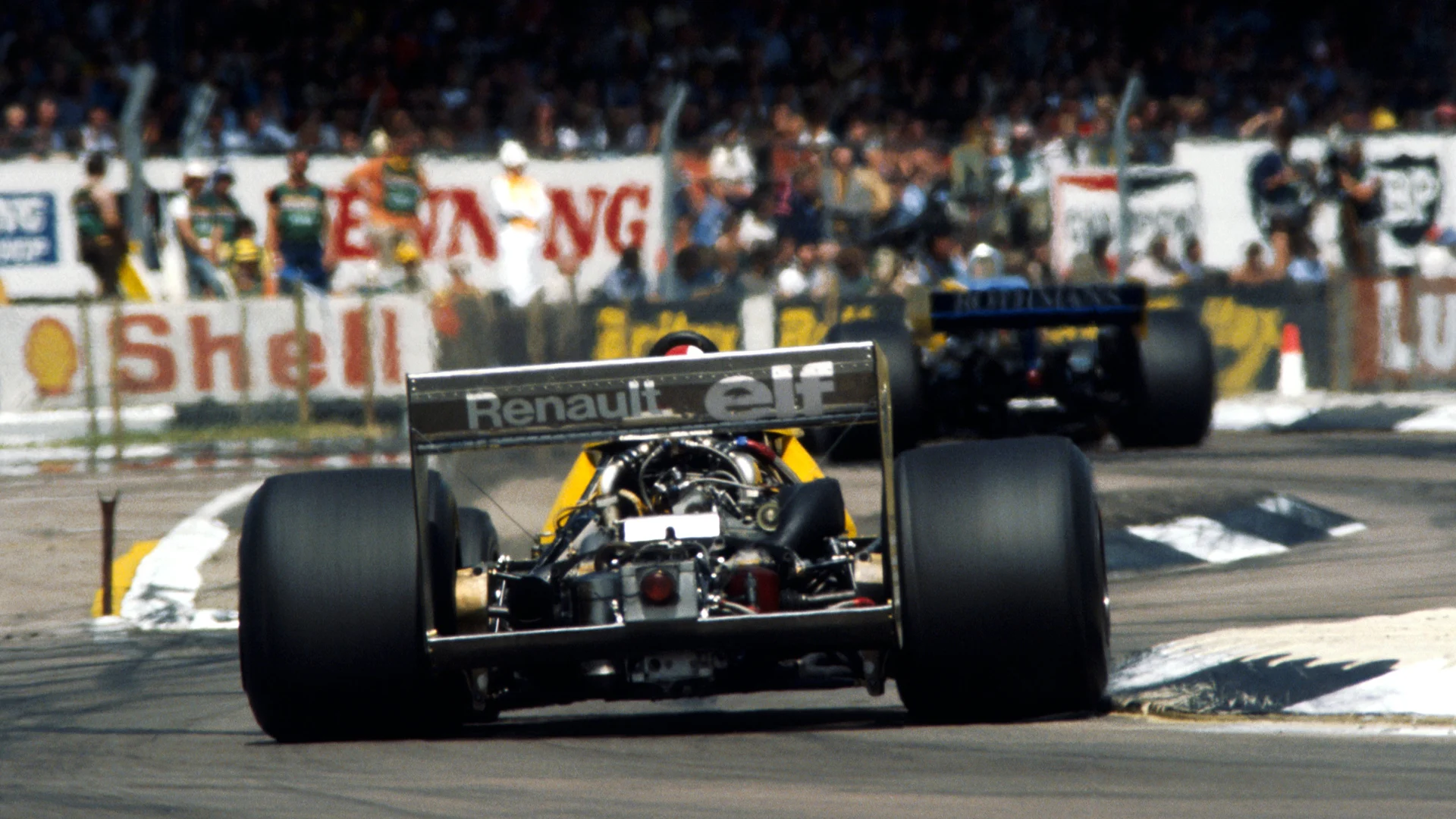
Believe it or not, in the days of pre-war Grand Prix racing it was commonplace to decide the grid order by drawing lots - but ever since the world championship began in 1950, pole position (a term that has its origins in horse racing) has been awarded to the quickest driver in practice/qualifying.
Up until 1996 qualifying followed a fairly standard pattern - there were two sessions in which to set times, one on the Friday and one on the Saturday, and no fuel restrictions of any kind. There were foibles in each decade of course - from special one-lap qualifying tyres and engines in the turbo-charged Eighties to early morning pre-qualifying in the late Eighties and early Nineties - but essentially the system remained the same as it always had, with the fastest overall time securing pole.
That format, however, came to be a major drawback - it meant a thrilling climax was far from guaranteed, especially if it was dry on the Friday but then wet on the Saturday...
The one-hour shootout, 1996-2002
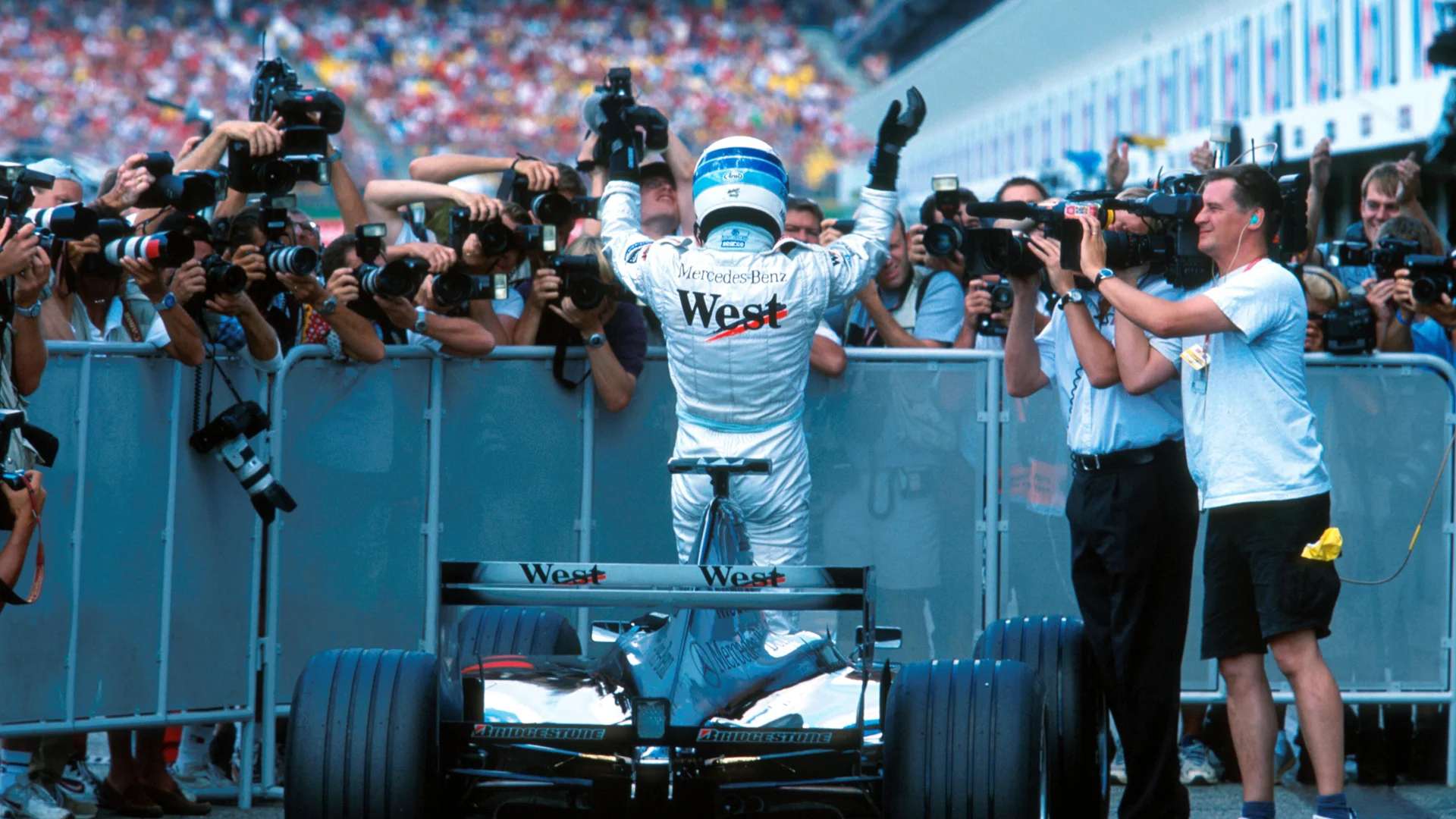
In order to ensure that every Saturday session had the potential to be a thriller, the rules were tweaked ahead of the 1996 season with the grid to be decided by a single one-hour session in which drivers had a maximum of 12 laps to set the best time they could.
This ‘made-for-TV’ approach lasted until the end of 2002 before the rules were tinkered again, this time because the teams, anxious to take advantage of the best track conditions, would often spend long periods in the garage waiting for others to ‘clean up’ the racing line.
One-lap qualifying, 2003
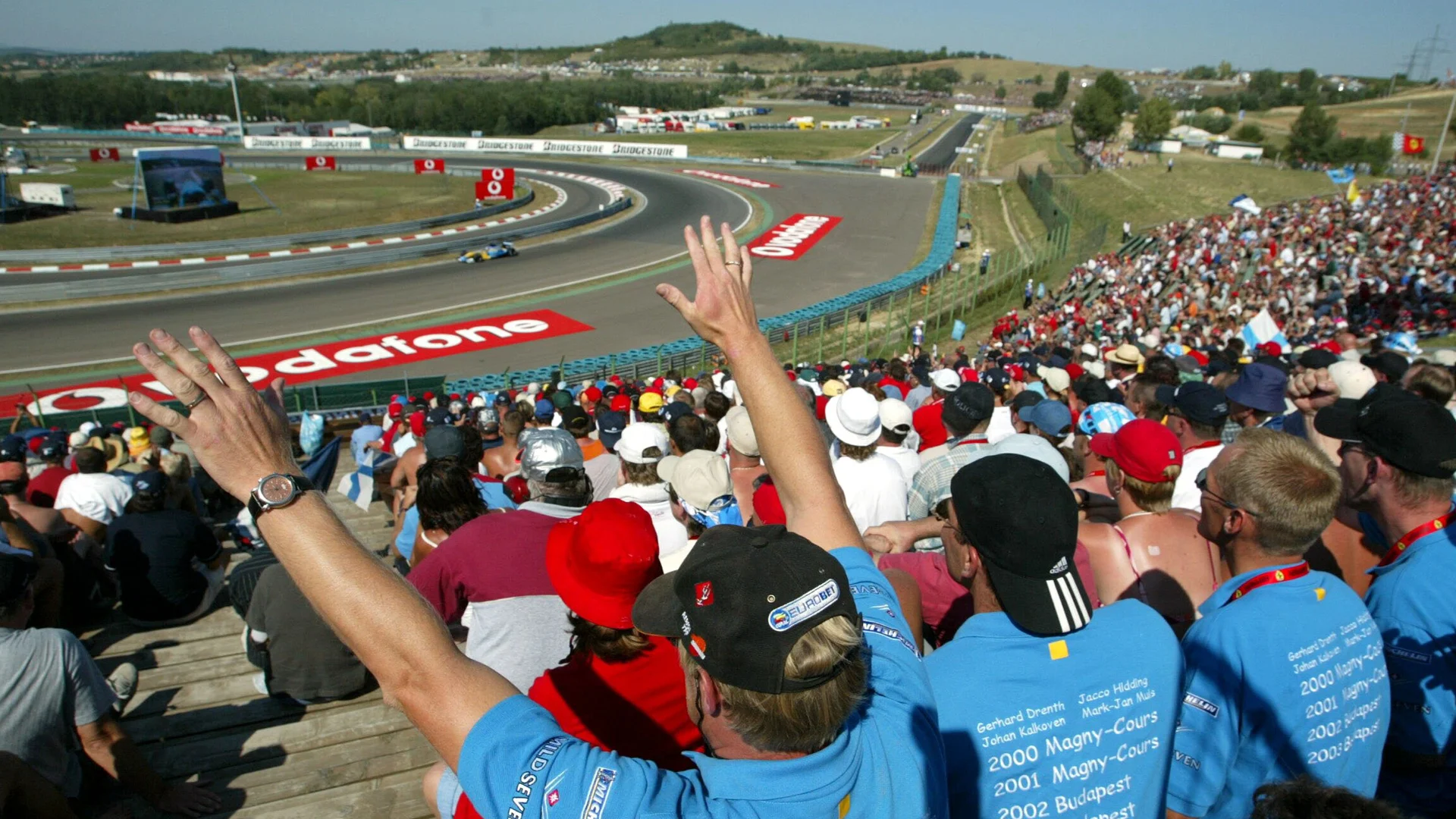
The solution to teams spending too long in their garages? One-lap qualifying, which was seen as the perfect way to ensure track action, as well as a means to ensure smaller teams got more television exposure. On the Friday of each race weekend, the drivers took to the track one at a time in championship order, completing a single flying lap before returning to the pits.
The following day the process would be repeated again to decide the final grid order, this time with the slowest driver from Friday going first, and the fastest driver last - theoretically on the cleanest track. As a further wrinkle, designed to spice up the racing on Sundays and lead to more unpredictability on Saturdays, the drivers had to set their laps on race fuel levels.
The problem with this system of course was that at least one driver would almost always be disadvantaged by the running order, either by virtue of track conditions or changeable weather. Even so, one-lap qualifying would remain in place for several years, albeit with a few tweaks…
Saturdays only, 2004
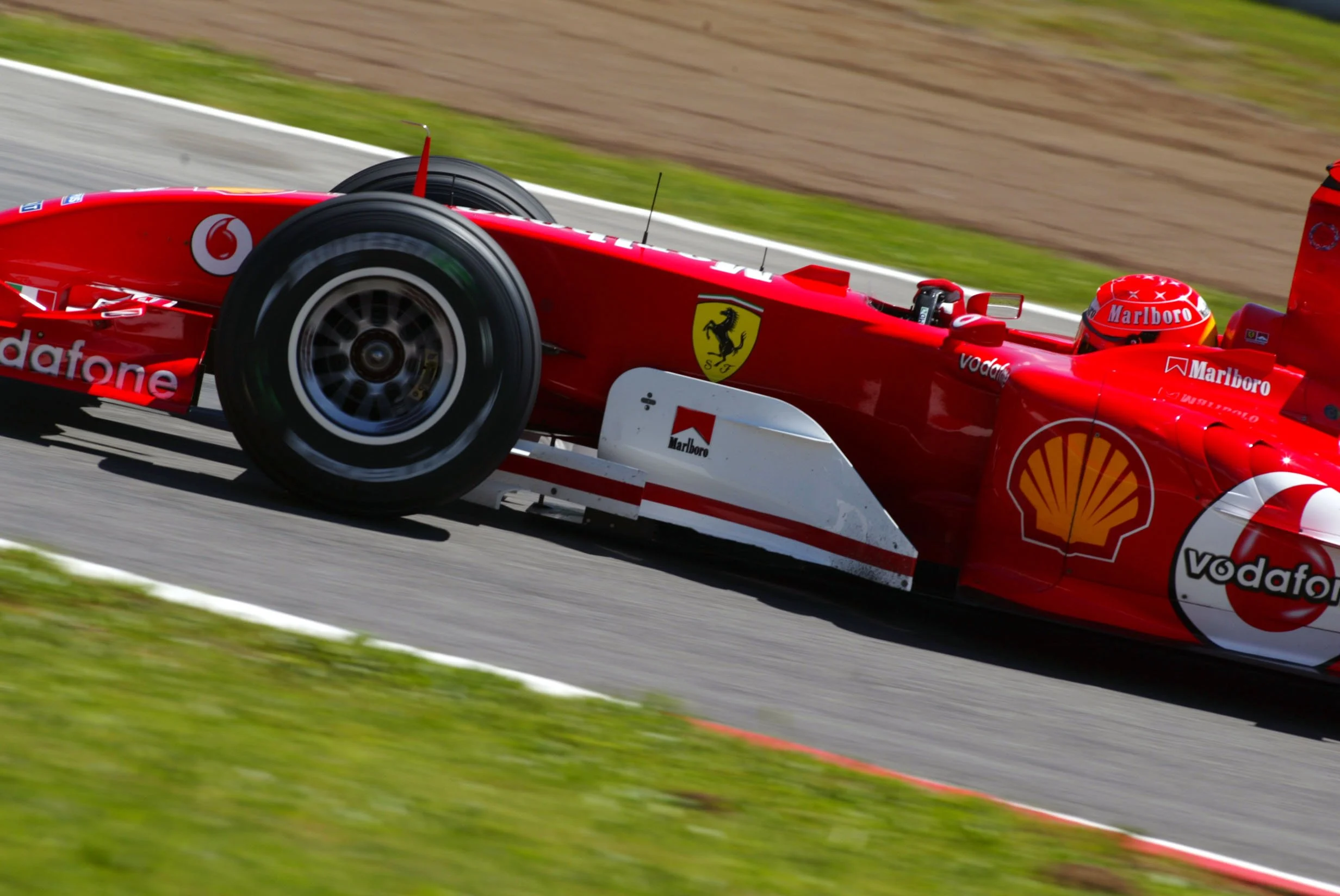
In a slight tweak from 2003, both one-lap sessions were held on Saturday from the start of the 2004 season, with the running order in the first session now determined by the classification at the previous race.
As before the slowest driver in the first session would lead off proceedings in the second, but with the two segments now so close together, the system was ripe for manipulation - especially when the weather forecast was unsettled.
Proof of this came at Silverstone when Michael Schumacher admitted to deliberately spinning his Ferrari in the first session in order to gain a slow time and an advantageous starting position for the second session, when the later runners were almost certain to be compromised by incoming bad weather.
Aggregated qualifying, 2005
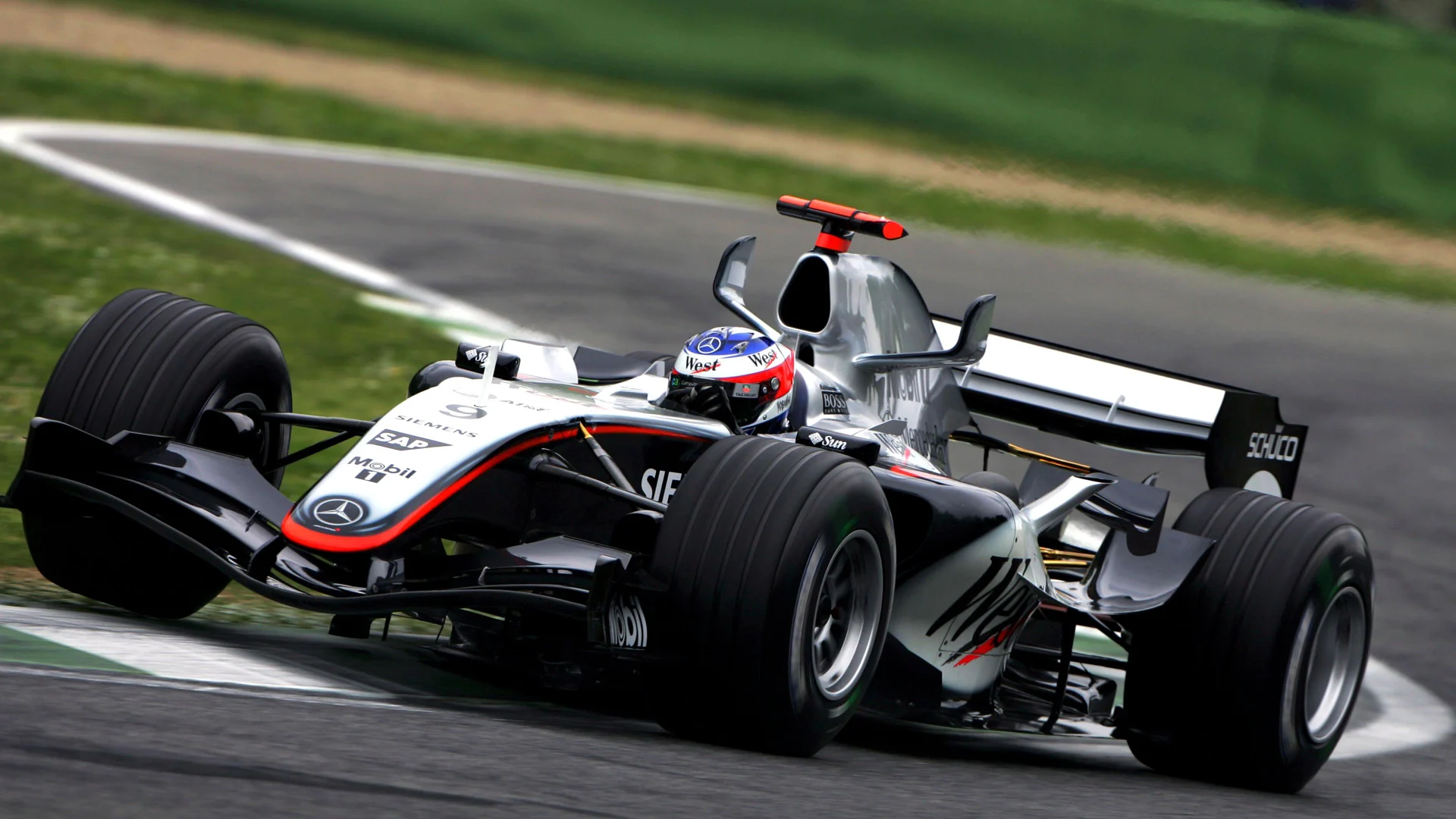
Unsurprisingly further tweaks followed, and in 2005 it was decided that the grid would be decided by aggregating the times from two single-lap qualifying runs - one on Saturday afternoon on low fuel and one on Sunday morning when the cars would have to be fuelled for the race.
However, these changes proved to be massively unpopular with the teams and fans alike, especially as Saturday’s sessions now lacked any real drama - and the new format was dropped just six races into the season in favour of a simpler system.
For the remaining 13 races of the season, each driver would set a single flying lap on race fuel on Saturday afternoon, with the order determined by finishing position in the previous race. This was undoubtedly an improvement on before, but F1’s love affair with one-lap qualifying was on the wane and an exciting new format was waiting in the wings…
The advent of elimination, 2006-2007…
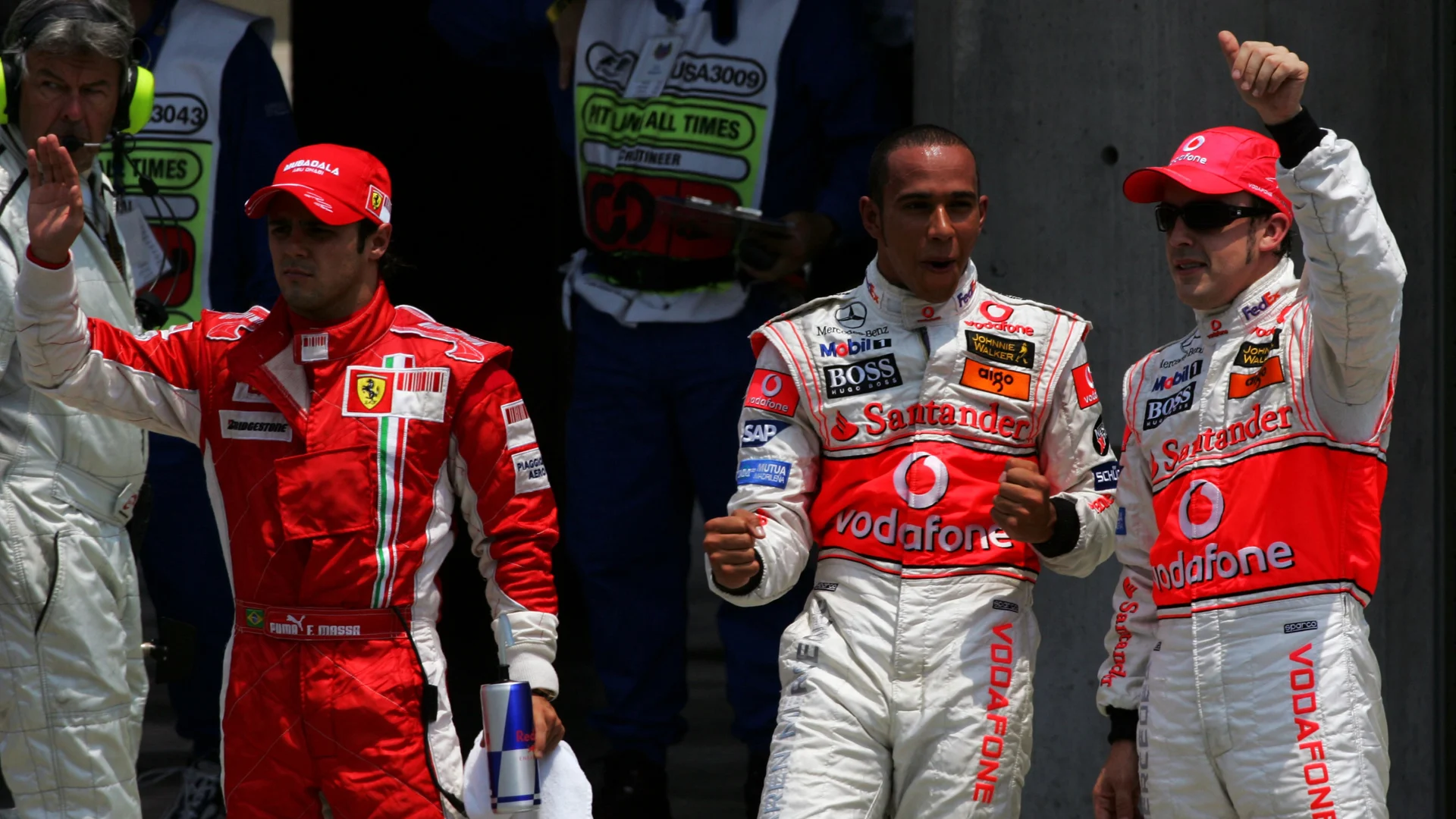
After three years of one-lap showdowns to decide the grid, F1 went back to its roots with multi-lap qualifying in 2006, albeit with an exciting new twist.
A new three-part qualifying system was drawn up, with the slowest drivers being progressively eliminated from each segment until 10 are left to fight it out for pole position. This exciting knockout system proved an instant hit - largely because of the potential for upsets or surprises - but in its original form it wasn’t without its flaws.
For starters, fans were still denied the spectacle of low-fuel ‘give it all you’ve got’ qualifying runs because the drivers that made it to Q3 had to qualify with their starting fuel loads. What’s more, a complicated fuel credit system - designed to ensure each car did plenty of laps - meant that drivers often spent several laps simply ‘burning fuel’ in Q3 in order to get more back for the race.
…and a small tweak, 2008-2009
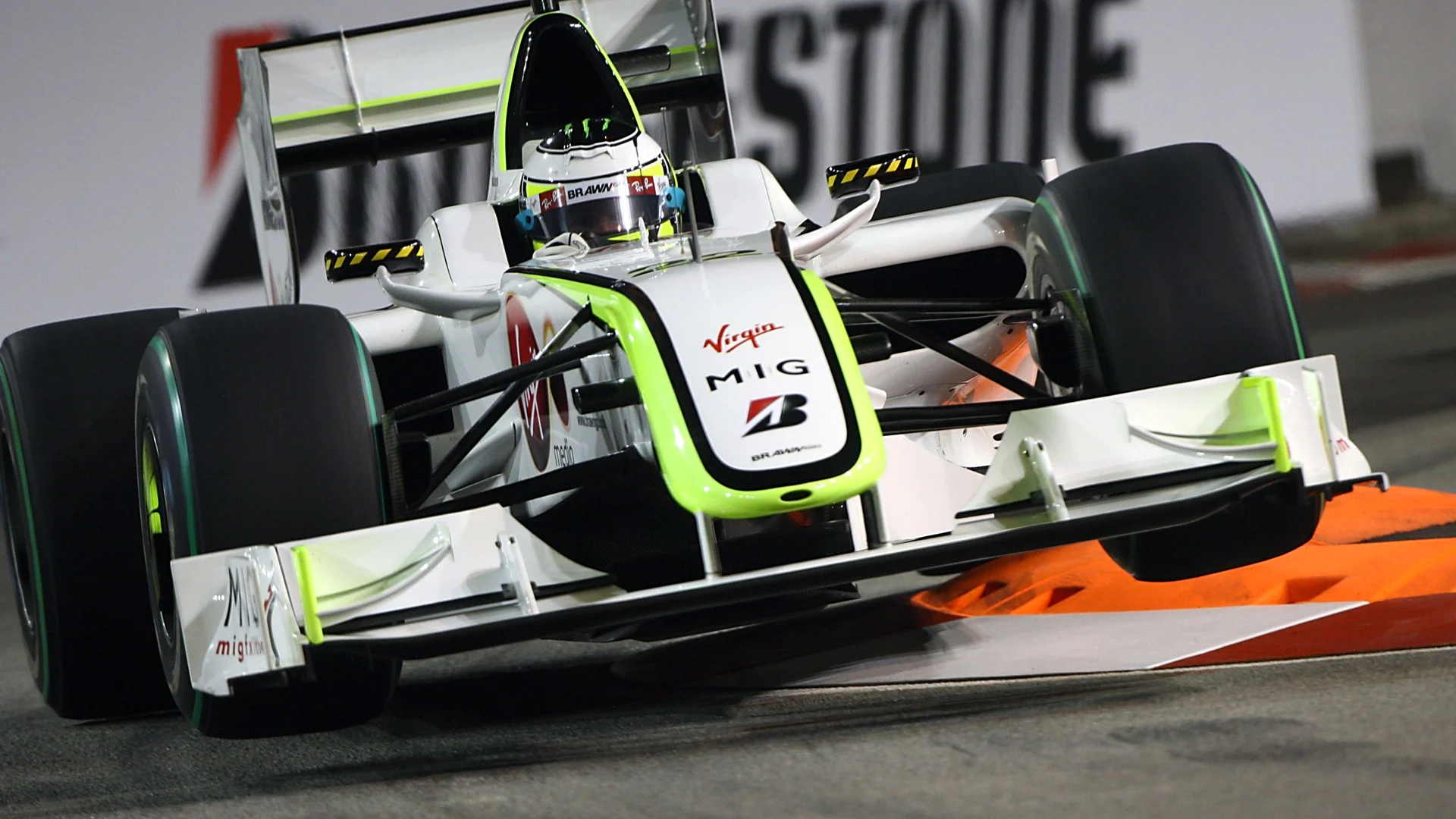
For 2008 the three-part system was tweaked so that the teams could no longer add fuel after Q3, thereby eliminating the ungratifying ‘fuel burning’ phase. However, critics argued that the final part of qualifying was now as much about who was carrying the most fuel as it was about who would get pole position.
The current format, 2010-Today
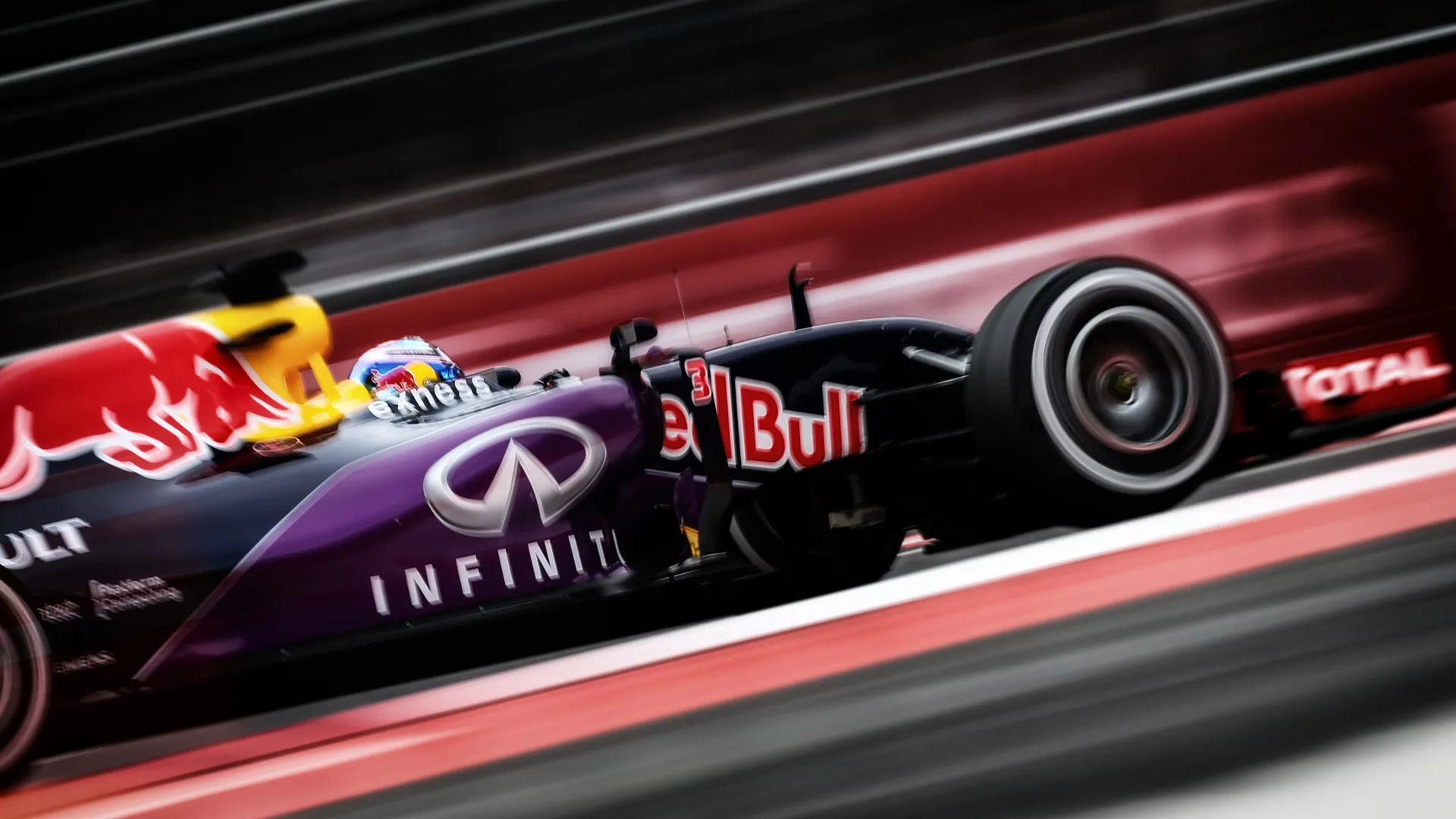
A ban on refuelling in 2010 meant that drivers would run on low fuel throughout qualifying, effectively bring back the low-fuel shootouts that had been so popular in the past.
In this guise qualifying - comprising three sessions and a final 10-driver fight for pole - went unchanged for six seasons. For 2016 though the rules change once again. Drivers will have at least a five minute window in Q1, Q2 and Q3 to set a time - but after that point, the slowest driver will be eliminated every 90s. From the 22 entries this year, 15 will progress into Q2, and then eight into Q3 - until there are just two men fighting it out for the right to start from pole.
Next Up
Related Articles
 BarrettoLawrence Barretto’s 5 bold predictions for 2026
BarrettoLawrence Barretto’s 5 bold predictions for 2026.webp) Where are all of Red Bull’s F1 graduates now?
Where are all of Red Bull’s F1 graduates now?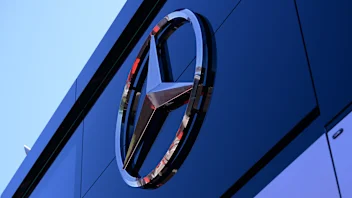 Mercedes confirm date for first look at 2026 F1 car
Mercedes confirm date for first look at 2026 F1 car.webp) What F1 drivers have been up to over the festive holidays
What F1 drivers have been up to over the festive holidays Hadjar details what excites him most about racing for Red Bull
Hadjar details what excites him most about racing for Red Bull.webp) Everything you need to know about F1
Everything you need to know about F1